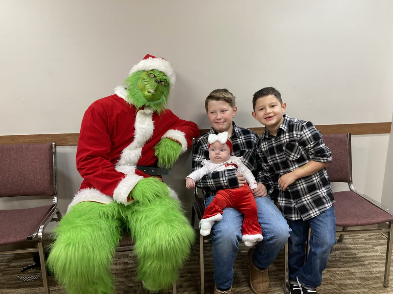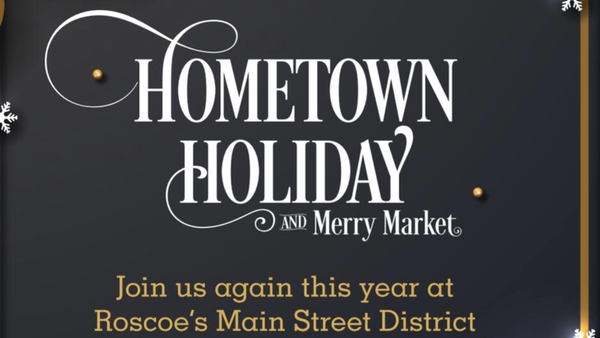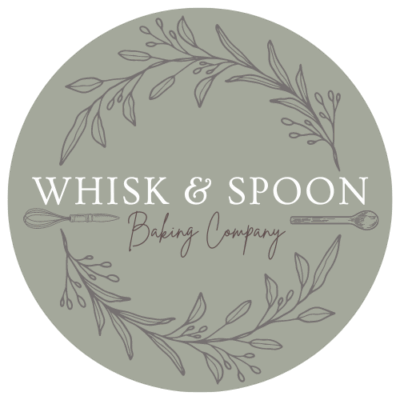Lincoln and Liberty - honoring Lincoln, democracy, and the hands that made a nation whole
"So when people talk about recreating battles, that's not the most important thing. The most important thing is to have lived it."

On the 160th anniversary of Abraham Lincoln’s reelection, local historians and reenactors gathered at Macktown Living History to reflect on the legacy of Lincoln’s leadership and to celebrate civic engagement, craftsmanship, and community in the spirit of the 1860s.
The event, set against the backdrop of the Civil War era, highlighted both the challenges of wartime democracy and the resilience of those who lived through it. As Chris Kissinger, one of the event organizers (who quickly praised his wife, Sarah Kissinger, for putting this together), noted, “It’s important for us to speak for the dead. That’s one of the most important things. When people talk about recreating battles, that’s not the most important thing. The most important thing is to have lived it.”

The first stop made during the afternoon session was at a tent halfway between the entrance and the two Stephen Mack buildings located at the end of Macktown's gravel drive. Two gentlemen inside the tent were chatting about their tin type photography, highlighting photos they had taken at other events and photos they had taken that day. Brendan Schuller pulled out a few images, which frankly the featured photo of this article doesn't do justice to how stunning these images look in person.
Democracy in Wartime
Lincoln’s 1864 reelection came during one of the most turbulent moments in American history. With so many soldiers away from home, absentee voting became a pressing issue.
“Given the climate, we wanted to use this anniversary as an opportunity for civic engagement and voting,” said one organizer. During the Civil War, Union soldiers who couldn’t return home were permitted to vote in the field, though not all states allowed it. In Illinois, Democratic legislators opposed absentee voting, so some regiments were sent home to cast their ballots in person, ultimately helping secure Lincoln’s victory.
Lincoln’s presidency also gave rise to another enduring American tradition. In 1863, following Union victories at Gettysburg and Vicksburg, Lincoln issued a proclamation establishing Thanksgiving as a national day of gratitude.
The Arms and the Men
Visitors were treated to live demonstrations of 19th-century firearms, from Belgian imports to domestically made rifles and the chance to fire them under the direction of reenactors. Ryan Stallman (video below) demonstrated how to load a "musket' style rifle. He mentioned that by the Civil War, soldiers could load and fire a weapon 3-4 times a minute.
Most of the weapons at the firing range were made just before or at the beginning of the Civil War. A Belgian rifle from 1853 was being handed around, which at the time was regarded as being poorly made. Domestically-produced and English weapons were top-tier (tier one) but domestic manufacturing was unable to keep pace with the Union and Confederacy's demand. In 1861, gun manufacturers for the Union had sublet their manufacturing contracts to 23 companies. By the end of the war, most Civil War era weapons were obsolete, being replaced by rear and side loaders much akin to a bolt-action rifle, but not quite.
Among the highlights was a demonstration of the “buck and ball” load, a deadly shotgun-like round (one ball with three buckshot) that once decimated the British Legion in a single volley. Overhearing an exchange between an expert and a visitor, the exchange highlighted how a group of Americans held their rifles loaded with buck and ball at hip height and let loose a blast of fire.
"The first three rows dropped. The fourth row retreated," he mentioned. One in ten British soldiers were left at the end of this unnamed battle.
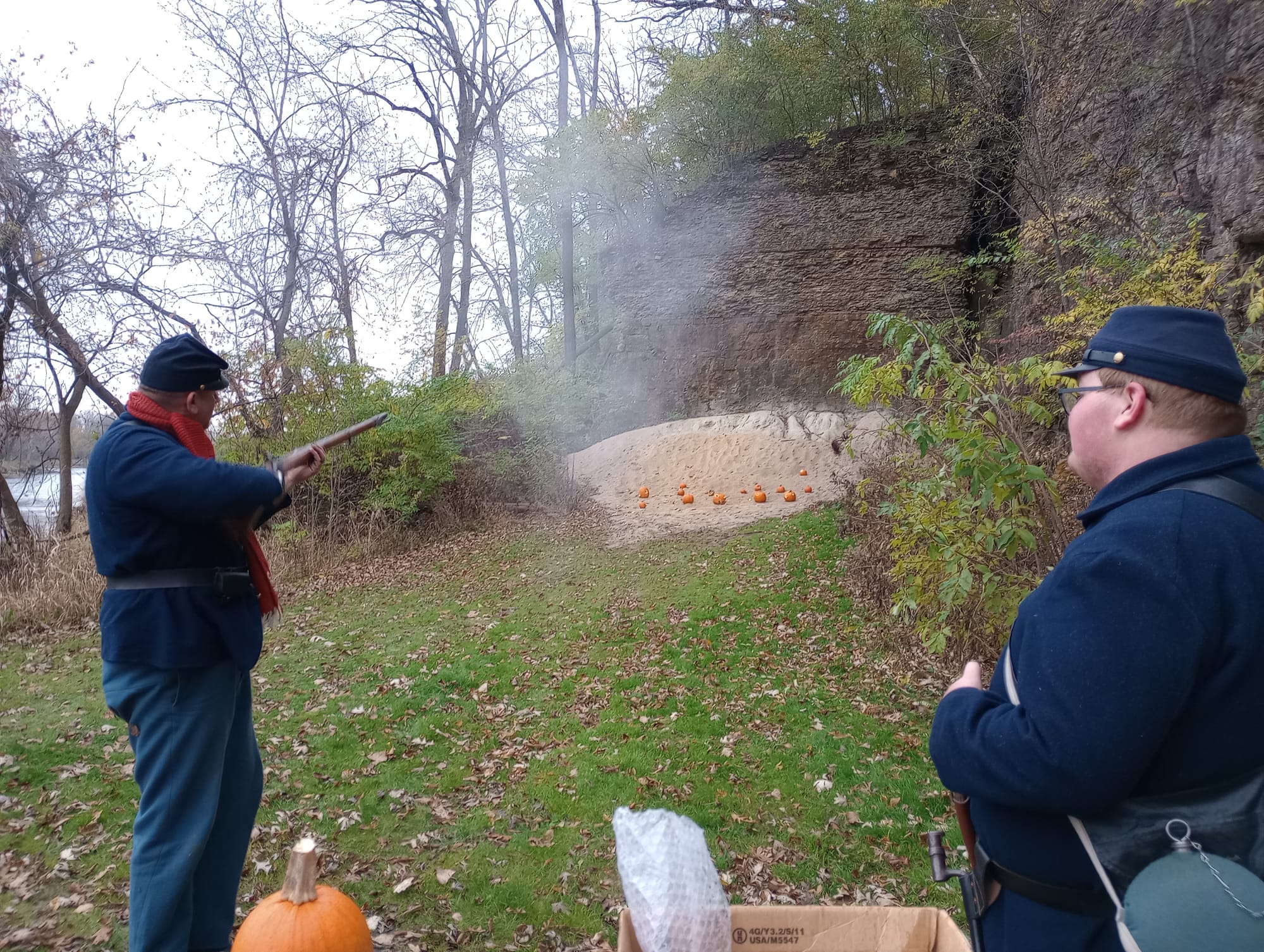
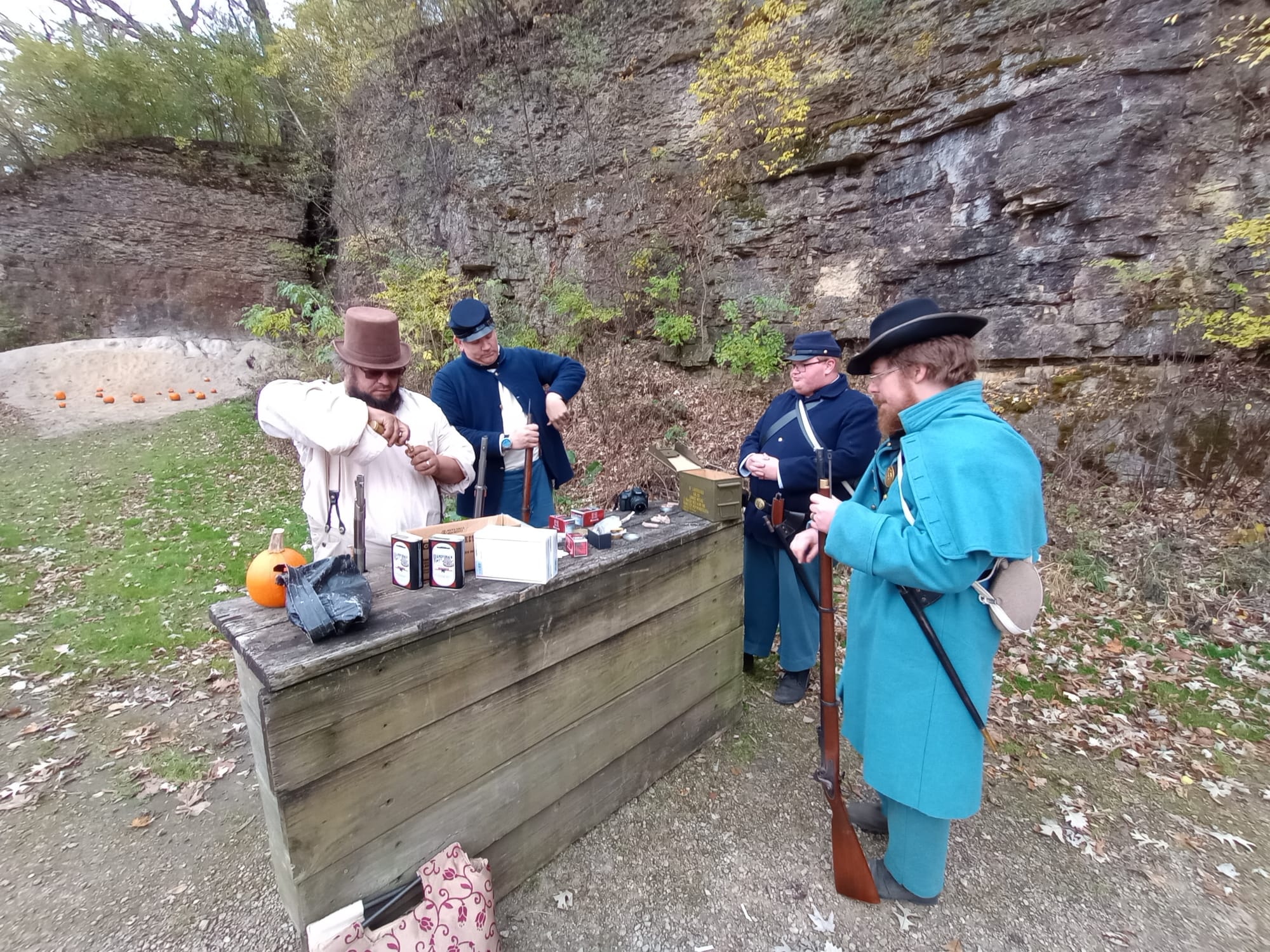

ROCKTON - Ryan Stallman demonstrating how to load and fire a Civil War era rifle Civil War
ROCKTON - Jacob taking aim at the shooting range
ROCKTON - Chris Kissinger teaching Jacob how to shoot a 170 year old Belgian rifle
ROCKTON - Taking aim on the shooting range
With the drizzle of the rain turning to a slight pelt, weapons were gathered and visitors made their way to Macktown's main drag.
Quilts for the Troops
Cindy Harper was there to showcase quilting and other sewing items from 1850-1870. Ms. Harper first picked up quilting from videos on PBS with Eleanor Burns Quilt in a Day series. Which was a challenge accepted. She finished her quilt in a day and by that Saturday, Ms. Harper counts that she has sewn just north of 600 quilts.
During her presentation on quilting styles and war aid efforts via sewing with small groups, Ms. Harper demonstrates a delicate touch of giving enough information to her audience that raises their curiosity and excitement about quilting. This was not a rehearsed spiel. It was an organic back and forth that would make any docent at a museum admire what was going on in the quilting cabin at Macktown, highlighted by the piece below.
Ms. Harper shows off a piece to visitors below and takes them through how she found (online during Covid hosted by the International Quilt Museum in Nebraska), became enamored with, and committed to sewing it as the original was unfinished. This piece would have been a become a part of a much larger quilt with the repeating hexagon pattern numbering 20,000 hexagons in total.

Ms. Harper tried to sew it by machine and tried using rubber stamps of the shapes. After using both those methods, it "collapsed." She will continue on by hand, making modular piece sets and sewing them together.
She keeps this sample as a reminder of how difficult it would be to recreate this piece by hand and plans to split it, create a seam, and turn it into a pocket on the outside of a skirt.
"Because men's clothes get pockets and women's clothes don't."
Some things don't change.
On their way out, Cindy invites each visitor to pick four pieces of fabric to become a part of the history of another quilt. She then shares a few things from a school visit the prior day and how a 5th-grade student's eyes started to gleam when Harper shared that "if you can design it, I can build it." The student then took out her notebook, drew the design, handed it to her, and left. Little does she know yet, she'll be receiving a quilt with that pattern sometime soon.
"With that kind of excitement, I'm not going to stand in the way," remarked Harper.
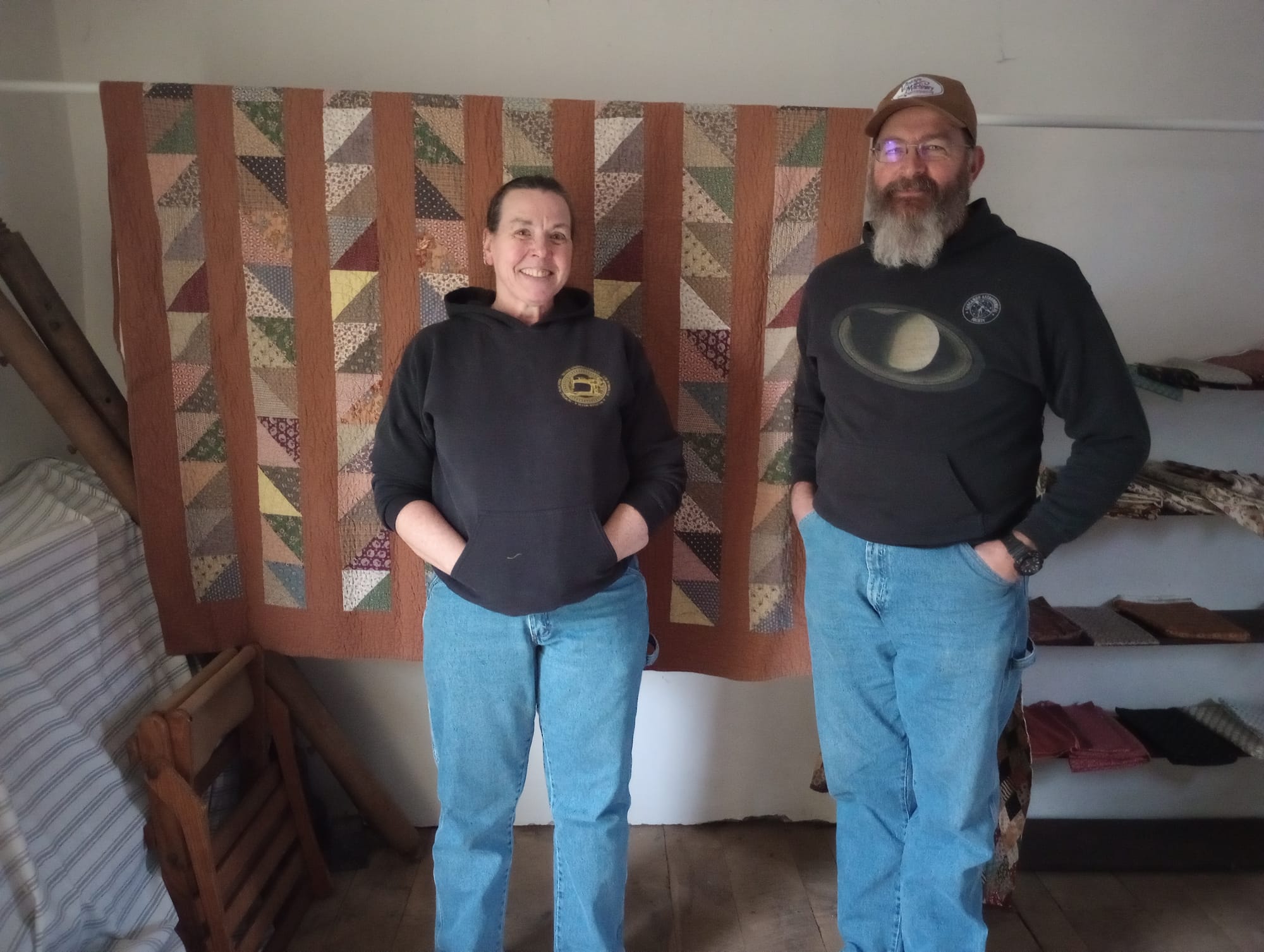
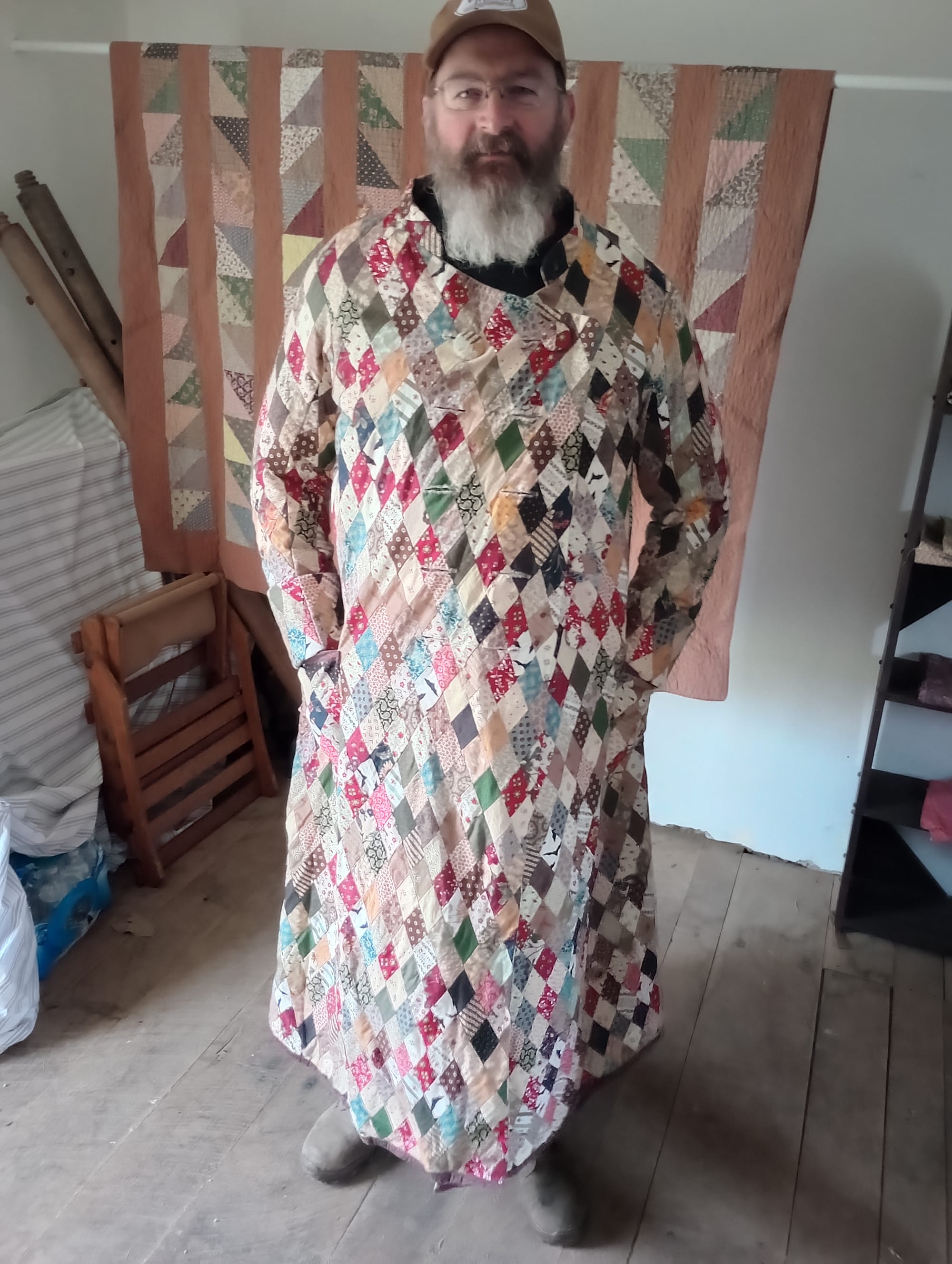
Towards the end of the day, the reenactors gathered for refreshments in the two house's at the end of Macktown's main gravel path. They spent some time reflecting on the day, sharing ideas for next year, and enjoying some period deserts. The shrub (description in photo) was excellent.

For future events at Macktown, including more information about Christmas at Macktown on Sunday, December 7, 2025 from 2 - 4 p.m., you can visit https://www.macktownlivinghistory.org/events.


